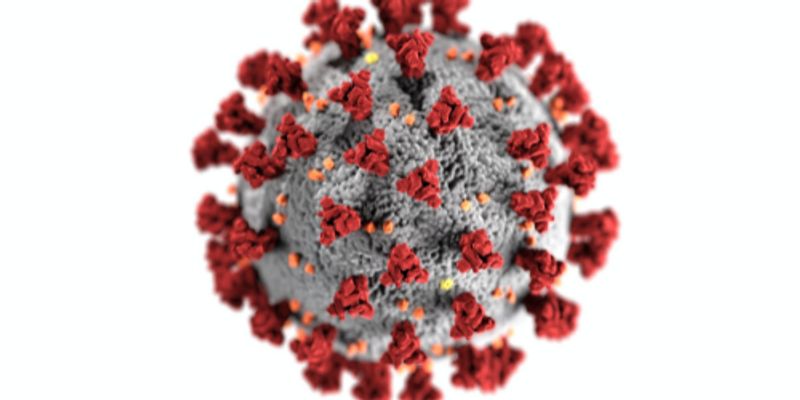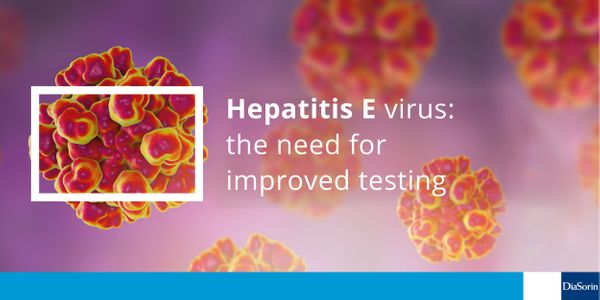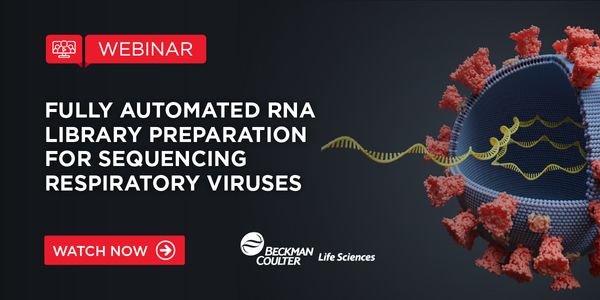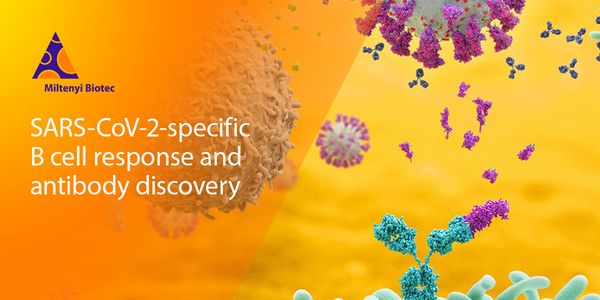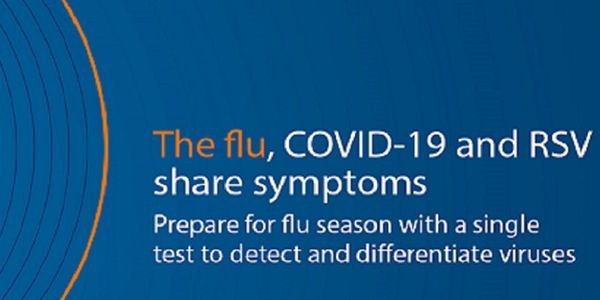RNA Virus
An RNA virus is a type of virus that has RNA as genetic material. As the RNA virus enters the host, the virus makes use of the presence of endogenous cellular RNA-dependent RNA polymerases. This allows the virus to replicate its genome and integrate itself into the host's DNA. Once integrated, the virus may become latent (such as in HIV infection) or maybe be transcribed to continually produce new viral proteins (such as in SARS-CoV-2 infection). Examples of RNA viruses include the hepatitis C virus, the virus that causes Ebola, SARS-CoV-2 (the virus that causes the COVID-19 disease), polio, measles, and the HIV virus.
-
JAN 24, 2024 | 9:00 AMThe downstream processing of virus particles, vesicles, RNAs, plasmids and other forms of DNA, contains multiple interdependent steps, each requiring optimization for best results. This webi...The use of adeno-associated viruses (AAV) as gene delivery vectors has vast potential for the treatment of many severe human diseases. A small group of intensively studied AAV capsids have b...
Vaccines against SARS-CoV-2 have been made in a record time. However, although the vaccines that have been deployed have clearly reduced the percentage of severe infections in countries wher...
OCT 13, 2022 | 9:00 AM
First Broadcast: Date: October 12, 2022 Time: 8:00am PDT, 11:00am EDT Second Broadcast: Date: October 12, 2022 Time: 9:00am SGT The new Embedded CryoSPARC Live, now fully integrated with t...
Speaker:
Julio Ortiz
, Edward Pryor, PhD
, Ali Punjani
Presented at: Thermo Fisher Scientific - Electron Microscopy Webinars
Sponsored By: Thermo Fisher Scientific
Sponsored By: Thermo Fisher Scientific
AUG 10, 2022 | 10:00 AM
Date: August 10, 2022 Time: 10:00am PDT, 1:00pm EDT The global pandemic has increased focus and scrutiny on molecular diagnostic assay development, resulting in a need for assays that provid...
JUL 28, 2022 | 6:00 AM
Date: July 28, 2022 Time: 6:00am (PDT), 9:00am (EDT) Hepatitis B and C continues to be a leading cause of global morbidity and mortality, resulting in 1.1 million deaths and 3 million new in...
DEC 14, 2021 | 6:00 AM
Date: December 14, 2021 Time: 6:00am (PST), 9:00am (EST) Hepatitis E virus (HEV) is a single-stranded positive-sense RNA virus and is a leading cause of acute viral hepatitis worldwide. The...
NOV 15, 2021 | 6:00 AM
Date: November 15, 2021 Time: 6:00am (PDT), 9:00am (EDT) Targeted sequencing of respiratory viruses’ genomes is important to identify novel viral variants. Compared to amplicon sequenc...
OCT 28, 2021 | 9:00 AM
Date: October 28, 2021 Time: 9:00am (PDT), 12:00pm (EDT) Loop-mediated isothermal amplification (LAMP) uses a stand-displacing DNA polymerase and four to six primers to rapidly amplify DNA a...
Vaccination and infection are two different paths to immunity. Understanding human immune responses to SARS-CoV-2 RNA vaccines is of interest for a panoply of reasons. mRNA vaccines have dem...
SARS-CoV-2 is an emergent virus. Specifically how it will adapt to human hosts and populations with growing immunity is unknown. Coronaviruses acquire substitutions more slowly than other RN...
OCT 07, 2021 | 8:00 AM
Date: October 7, 2021 Time: 8:00am (PDT), 11:00am (EDT) To combat the COVID-19 pandemic, comprehensive characterization of humoral and cellular immune responses to SARS-CoV-2 is essential. A...
SEP 27, 2021 | 11:00 AM
Date: September 27, 2021 Time: 3:00am (PDT), 6:00am (EDT), 12pm (CET) Experts are predicting an increase in influenza cases and a constant presence of SARS-CoV-2 in the shortly approaching i...
SEP 16, 2021 | 9:00 AM
Date: September 16, 2021 Time: 9:00am (PDT), 12:00pm (EDT) For diagnostic testing, proper sample collection and transport play a pivotal role in the accurate and timely identification of a p...
The ongoing COVID-19 pandemic has elevated the need for reliable, cost-effective means for widespread virus detection. This webinar will explore two distinct approaches for isolating viral R...
Speaker:
Nicolas Caffarelli
, Kan Saito, PhD
Analysis of community wastewater has been shown to be an effective method for tracking the prevalence of SARS-COV-2. Our group has developed techniques for sequencing a portion of the SARS-C...
Early detection is critical for prompt and effective treatment of acute infectious diseases. For tick-borne diseases (TBD), the lack of accurate early diagnosis can result in delayed treatme...
We currently do not have effective vaccines or antiviral drugs for most of the viral diseases that afflict humans. Antiviral therapies that enable long-term control over human immunodeficien...
